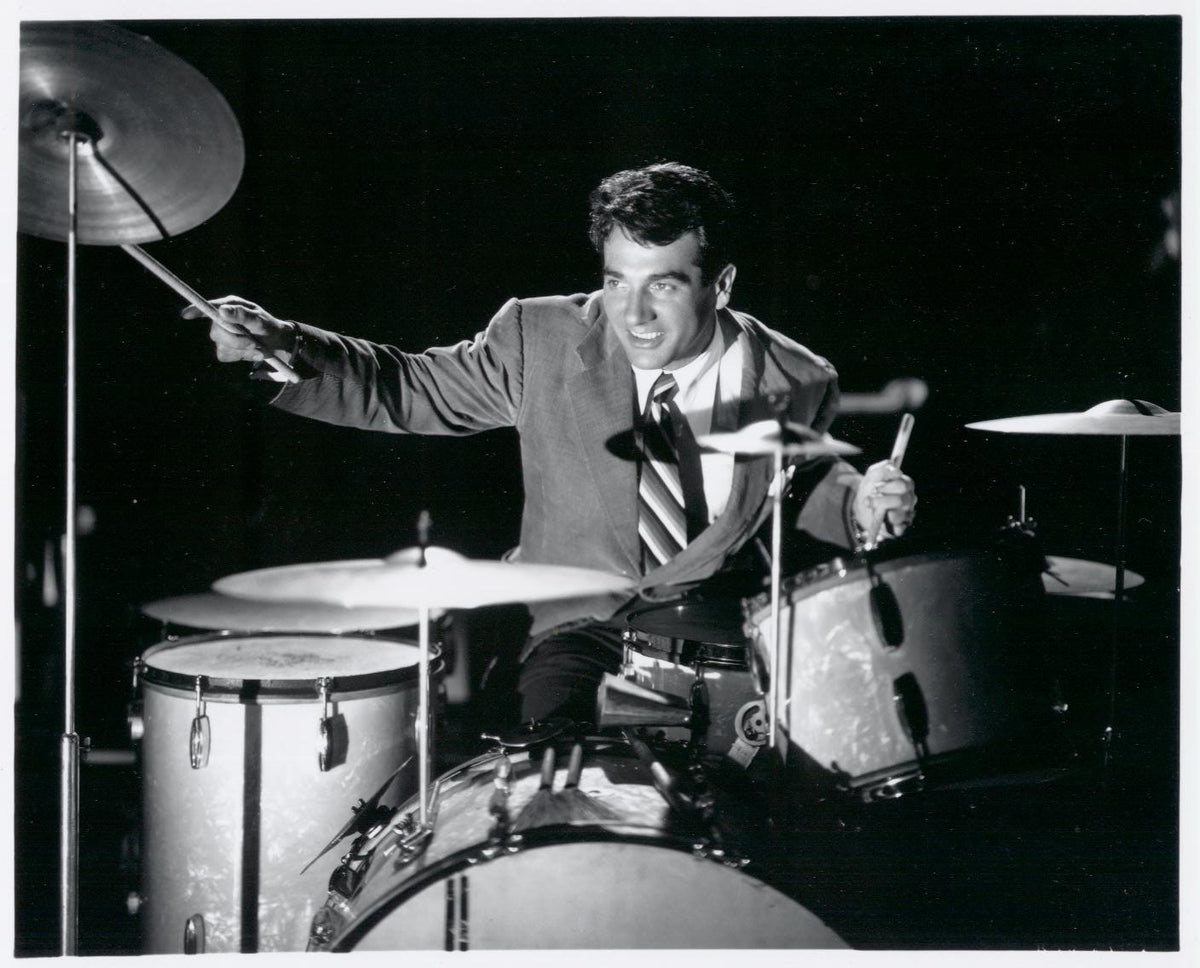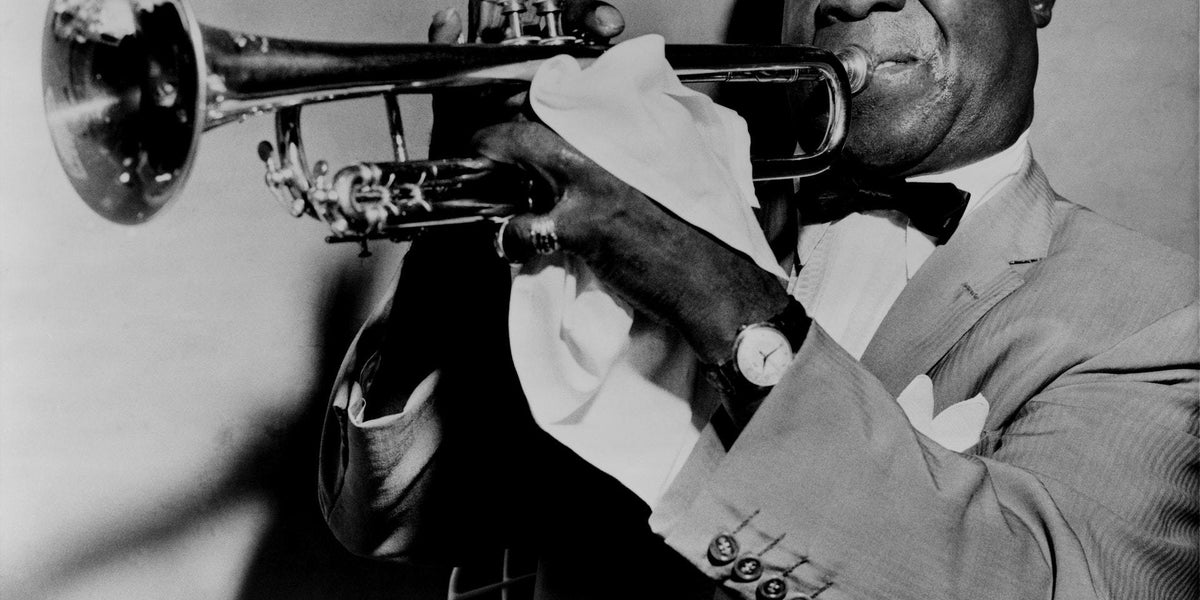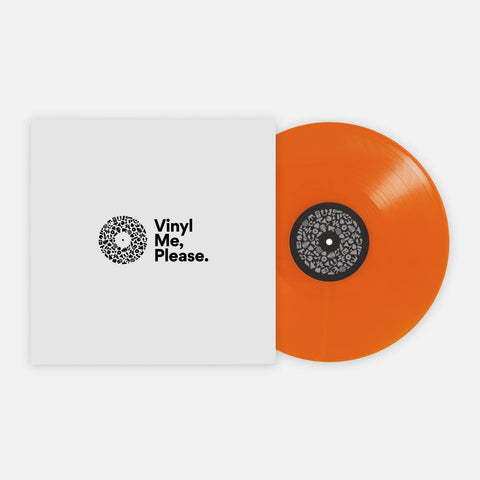The late Sun Ra was many things: band leader of his infamous and ever-changing Arkesta, composer, visionary, gifted pianist, cosmic poet and pioneer of afrofuturism.
Through his career, Sun Ra would work tirelessly creating over 50 futuristic jazz albums, each with its own unique ideology and subsequent cosmic identity. He was a profound individual, who often exclusively operated on a higher plane of thinking. Sun Ra would offer his listeners a vision, his own unique ideas. Often, these were futuristic ideas laced with political nuance.
Sun Ra was fearless with his ideas and a champion of free thought. His belief in what he had to say created a back catalogue of records that are unwaveringly distinctive. These albums would pave the way for jazz music, futuristic music, avant-garde music and everything in between.
The joy of the music of Sun Ra is its ability to surprise you, while provoking thought. Whereas his concepts are clearly laid out in his music, there is so much left unsaid. The music of Sun Ra will engage you in the moment, yet leave you to think for days about what it all could mean. Sun Ra explains his ethos and ideologies during the documentary Sun Ra: A Joyful Noise (1980):
“Every song I write tells a story. A story that humanity needs to know about. In my music I speak of unknown things, impossible things, ancient things, potential things… I’m not part of history, I’m more a part of the mystery, which is my story.”

Super Sonic Jazz (1957)
This was the first full album release for Alton Abraham and Sun Ra’s El Saturn Records label. It dips in and out of genres, with Sun Ra experimenting with traditional jazz, while adding a sprinkle of his own abstruse musical agenda. You can find a little of everything here, with Super Sonic Jazz providing both the weird and wonderful for those who dare to listen. For a stripped down, bluesy affair, enjoy “Advice to Medics.” It’s a luxurious serving of slow-paced and intricately assembled Jazz. You’ll have to dim the lights and set off the smoke machine accordingly.
The first track of the album, “India,” is also particularly engaging, and strangely resembles 8-bit music, narrating ancient Egyptian scenes. Sun Ra often evolved his thematics around Ancient Egypt, and it’s during this track that you truly begin to understand that Sun Ra had a unique ability to paint a picture with music. The 8-bit resembling music takes you on a journey through tombs under pyramids, and sounds eerily mythical.

Jazz in Silhouette (1959)
This album is bluesy, bold and brash. Though this is not an album that adheres to the typical avant-garde style of Sun Ra, there is great joy to be found in the more traditional hard bop style that can be heard. Though this album adheres to the traditional big band styles that were typical of that era, Jazz in Silhouette sounds futuristic via the freedom and expression offered by the musicians who play on this album.
Sun Ra shows that he is a master of structure, as the songs sound so free and loose, while remaining tight and punchy. The tenor saxophone solo by John Gilmore on "Horoscope" is a true delight. Gilmore’s saxophone bounces around majestically, with a confidence that is noticeable throughout the album. When discussing his relationship with Sun Ra, John Gilmore is frank about Sun Ra’s ability to mentor and conduct musicians, as well as give them the guidance they need to take their
“Saturn” is undoubtedly the feature track of the album. It feels almost sinister at the beginning, later switching its tempo and creating a slick and smooth melody. It’s a song that exemplifies Sun Ra’s ability to compose music that embodies the concept it’s attempting to portray. The quick change in tempo makes you feel as if you have taken off, and you’re flying through to cosmos to Saturn on the wings of the musicians taking you there.
Commercially, this album was never going to be a recognized hit. However, it was later hailed as a musical masterpiece that helped shape the foundations of jazz itself.

The Magic City (1966)
An ode to Sun Ra’s hometown, Birmingham, Alabama, The Magic City is a wonderfully haphazard affair. This album was recorded in an improved fashion, with Sun Ra orchestrating the solos with a fully extended arm (a Sun Ra motif) The music tiptoes between free jazz and avant-garde, and is a tremendous achievement considering the way in which it was made.
The bass clarinet, played by Ronnie Boykins, is one of the striking elements of the twenty seven minute title track “The Magic City.” Boykins meanders malevolently throughout, with the echoing space drums juxtaposing the deep and brass like bass of the clarinet. “The Magic City” later descends into otherworldly chaos, with the rhythm and textures of the instruments purposefully contradicting each other. As always, Sun Ra’s ability to create atmosphere is exhibited, with The Magic City. You feel unnerved, then entertained, then confused. It’s multi-faceted. The Magic City is a masterclass in musicality. Unrestricted and unrefined, it’s a joyous ride in to the world of improved avant-garde free jazz.

Cosmic Tones For Mental Therapy (1967)
Cosmic Tones For Mental Therapy is a raw and chaotic percussion heavy jam album. While it’s not quite free jazz, there’s an improvised ragtime feel about it. Bosting seven different percussion artists, it’s a rhythmic affair. It’s fair to say, this can be a challenging listen. The music can seem like organized chaos, but stick with it. The beauty of Sun Ra’s music is that the more you listen, the more you’ll get out of it. The title of the album pays testament to the style of music that features. It’s as if Sun Ra is demanding you challenge yourself, insinuating that the more you invest in the album, the more you will get out of it. Like therapy, if you will.
Start with “Voice of Space.” This is a multi-layered, elemental track that oozes character. This abrasive, futuristic composition features echoing percussion, with Marshall Allen softening the various drums with his beautiful oboe. If you engage with the music, you’ll find this track to be striking.
Individual tracks aside, this is an album that should be enjoyed in its entirety. It’s as if someone pressed record while Sun Ra and his Arkestra were jamming and then stopped recording when they stopped playing. Take it what for what it is — a free-flowing expression of something that means more than it can appear to be.

Atlantis (1969)
Recorded in two parts between 1967 and 1969, Atlantis typifies Sun Ra’s experimental space age sound. As always, Sun Ra allows us a cryptic insight in to the thematic context of his music, with the liner notes provided for this record.
To exemplify this futuristic approach to his music, Sun Ra would experiment with instruments that enabled him to create otherworldly sounds. This album gravitates around Sun Ra’s Solar Sound Instrument, also known as a Hohner Clavinet. The Clavinet sounds poignantly ultramodern, and acts as a musical platform, propelling us forward in to the futuristic world that Sun Ra wished to create. The title track, "Atlantis," utilizes the high-tech sounds created by the Clavinet, at times appearing as if we were inside a spaceship, hearing the bleeps and commands of the control board.
Sun Ra was a master of improvisation, which is exhibited handsomely throughout this album. Fearless In the way that he played, you can actually hear the thumps and thuds when Sun Ra slams his fists and palms down on his Clavinet. This is prevalent on the 21-minute epic title track, “Atlantis” and validates just how little Sun Ra cared for the conventional styles of composing and performing music, making him a bastion for musical expressionism.

Space Is The Place (1973)
1973 was a busy year for Sun Ra. Space is the Place was released one year before the film which bears the same title, and acts almost as an aperitif for what was to come. Space is the Place is a record that features a list of songs that will conscientiously invigorate your otherworldly consciousness.
Space is the Place shows the wild versatility of Sun Ra as a band leader and composer. In comparison to The Magic City, Space is the Place is a futuristic affair. It’s a delight to witness such versatility.
Sun Ra’s Moog Synthesiser is also a huge feature on this record, with his cyclothymic synth riffs beaming up like light beams in to the sky. It’s a real treat to behold. As always, the album symbolizes a journey, with it ending with "Rocket Number Nine." Curiously, this track feels like hip-hop. As the album ends, you’d be forgiven for thinking that you’re on.

Lanquidity (1978)
Released on the short-lived Philly Jazz label, Lanquidity is as atmospheric as it is charming. Lanquidity could be considered a more cohesive version of Sun Ra. The song structures boast repetitive musical sequences, sprinkled with engaging overlapping melodies that leave you mesmerised.
The opening track, also named "Lanquidity," feels like jazz fusion, but the off time riffs played by the Arkestra create a consistently dark and malevolent mood. The sinister sounding repetitive double bass riff contradict the light and fluorescent synthesiser, played delicately by Sun Ra.
"Where Pathways Meet" is a stompin’ jam, with Eddie Gale and John Gilmore on magnificently good form throughout. The solos played by both are hugely groovy, making it almost impossible not to bob your head to this track. This is not something often seen by Sun Ra, this is Jazz fusion and it’s just sublime.
It can be said with confidence that you will not listen to another album quite like this. One minute you’re nodding your head to transcendent jazz fusion, the next you feel as if you are the star in your very own horror film. Sun Ra will entertain you, then unsettle you.

Sleeping Beauty (1979)
Sleeping Beauty is a record that exudes a softness and gentility, swaying away from the usual abrasive and often challenging musical textures found in Sun Ra’s records. There’s a big band feel, with lashings of improvisation and funk to boot.
This album was taken from the three separate sessions at the New York Variety studios, which provided enough material for this release and Strange Celestial Road (1980) Each track is just superb in its own right. "Door of the Cosmos" is a John Gilmore masterpiece, as well as a Sun Ra masterpiece. Every now and then, Sun Ra allowed himself to let loose and be funky. “Door of the Cosmos” is an absolute joy, which exudes a groove that will get you stompin’ from start to finish.
The album is just bliss. Perhaps if his other works are a little much, then give this one a try. It’s hard not to enjoy such delicate and harmonious music.

On Jupiter (1979)
Somehow, after years of making albums that were dark, sinister, profound and avant-garde, Sun Ra curated On Jupiter. This album is bags of fun, with Sun Ra crafting possibly his first and last space age album that dives in to the genre we all know and love: disco.
"UFO" is the disco track in question, and though it’s nine minutes long, it’s over in a flash. The rhythm section, namely Steve Clarke on bass and Luqman Ali on drums are devilishly tight, laying a funky groove that allows the band to get their two pence in. The track oozes sex appeal, and establishes a mainstream approach to music that was often unheard of for Sun Ra. It’s refreshing, yet integral.
The rest of the record is typical of the golden era of Sun Ra. The 17-minute "Seductive Fantasy" is stripped down free jazz at its finest. While the instruments wonder and experiment periodically, the core of the music is sumptuous. Sun Ra’s stripped down piano is comforting and warm, and it’s a joy to hear him take centre stage and showcase his musicality.
Like all Sun Ra albums, this album showcases a delightful cocktail of musicians. Sun Ra makes it all work. He was a talent that could relentlessly change his style by factoring in a cataclysm of experimental sounds, crafted by musicians who had absolute faith in him. On Jupiter is just one example of his orchestrating talents and musical diversity.

Strange Celestial Road (1980)
Of all the Sun Ra releases, you could be forgiven for overlooking this album. However, it has so much to give. It’s a seriously rhythmic ride, laced with funky, almost salsa-like solos. This was one of the rare occasions in which Sun Ra followed a few of the traditional musical rules that were often ignored in his realm of musicality. The tracks are watertight, with the brass ensemble featuring heavily over the top of sturdy and dynamic big band platforms.
You should allow yourself the 35 minutes you deserve and play this from start to finish. In its entirety, it’s enchanting. However, if you’re going to listen to one track, make it "I’ll Wait for You." It’s absolutely unfathomable that this song is almost forty years old. The winding slap bass of Richard Williams, combined with the percussion of Stanley Morgan, Reg McDonald and Luqman Ali is simply timeless. Initially, the song sounds inherently modern, boasting the structure and personality of a contemporary R&B track. Following five minutes of contemporary bliss, the brass instruments stampede forth on a tangent, as if to contradict the contemporary sensibilities we had quickly accepted. We are lulled in to a false sense of security, only to be taken on Sun Ra’s ride.
Luke Pybus is a freelance writer and vinyl obsessive from Cardiff, Wales. Usually found shoulder deep in a box of records, or with a hot coffee writing about them.
Related Articles
Join the Club!
Join Now, Starting at $36Pages







